Open by Andre Agassi
Open


Open by Andre Agassi

Chip War by Chris Miller
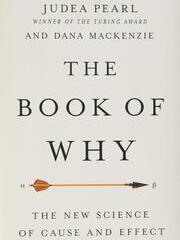
The Book of Why by Judea Pearl and Dana Mackenzie
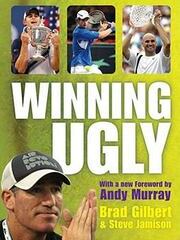
Winning Ugly by Brad Gilbert
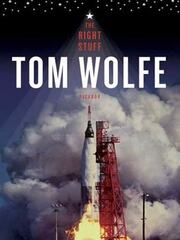
The Right Stuff by Tom Wolfe

Une Brève Histoire de L’Égalité de Thomas Piketty
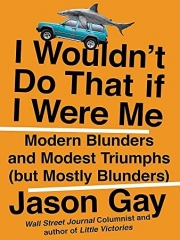
I Wouldn’t Do That If I Were Me By Jason Gay
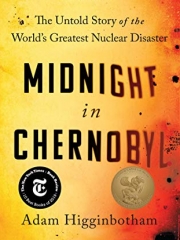
Midnight in Chernobyl by Adam Higginbotham

Salmon by Mark Kurlansky
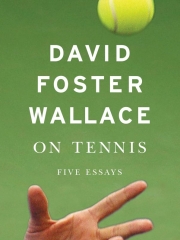
String Theory by David Foster Wallace
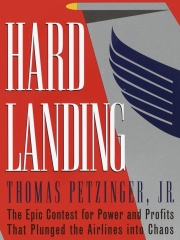
Hard Landing by Thomas Petzinger
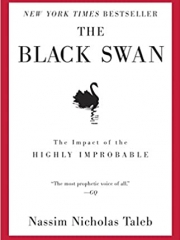
The Black Swan by Nassim Nicholas Taleb
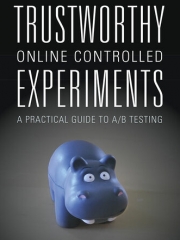
Trustworthy Online Controlled Experiments By Diane Tang, Ron Kohavi, Ya Xu
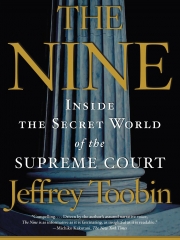
The Nine by Jeffrey Toobin
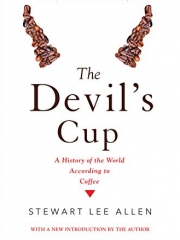
The Devil’s Cup by Steward Lee Allen
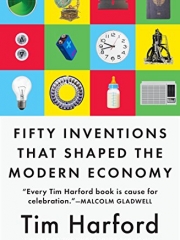
Fifty Inventions that Shaped the Modern Economy by Tim Harford
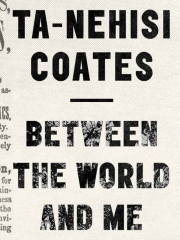
Between the World and Me by Ta-Nehisi Coates
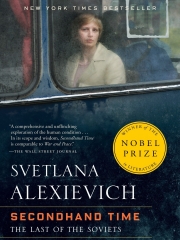
Secondhand Time by Svetlana Alexievich

The Lady Tasting Tea by David Salsburg
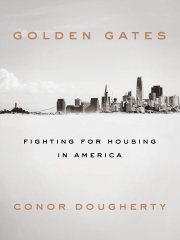
Golden Gates by Conor Dougherty
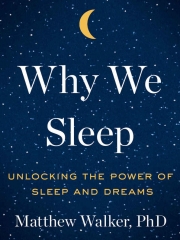
Why We Sleep by Matthew Walker
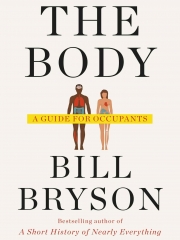
The Body by Bill Bryson
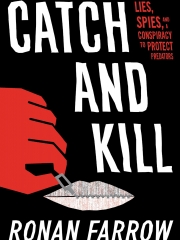
Catch and Kill by Ronan Farrow

Permanent Record by Edward Snowden
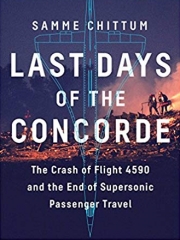
Last Days of the Concorde by Samme Chittum
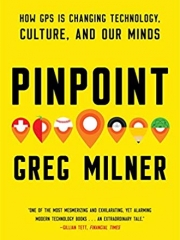
Pinpoint by Greg Milner

The Fifth Risk by Michael Lewis

The Emperor of All Maladies by Siddhartha Mukherjee

Milk by Mark Kurlansky
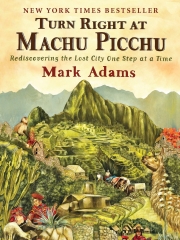
Turn Right at Machu Picchu by Mark Adams
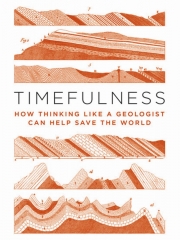
Timefulness by Marcia Bjornerud

Justice by Michael Sandel
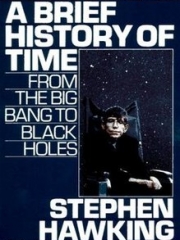
A Brief History of Time by Stephen Hawking
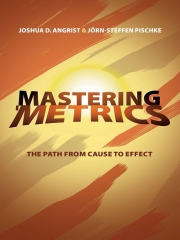
Mastering ‘Metrics by Josh Angrist and Jorn-Steffen Pischke
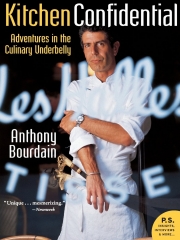
Kitchen Confidential by Anthony Bourdain

Grocery by Michael Ruhlman
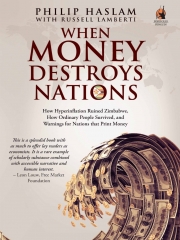
When Money Destroys Nations by Philip Haslam
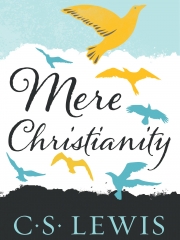
Mere Christianity by C.S. Lewis
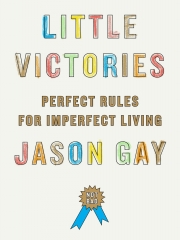
Little Victories by Jason Gay
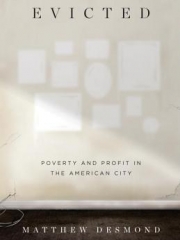
Evicted by Matthew Desmond
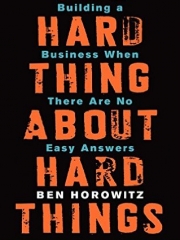
The Hard Thing about Hard Things by Ben Horowitz

Steak by Mark Schatzker
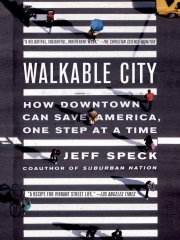
Walkable City by Jeff Speck
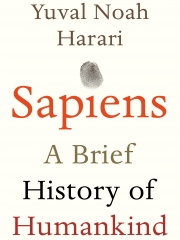
Sapiens by Yuval Noah Harari
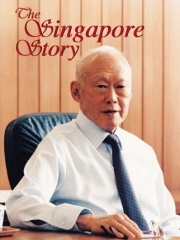
The Singapore Story by Lee Kuan Yew
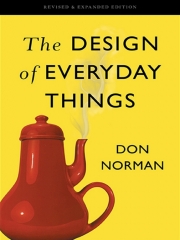
The Design of Everyday Things by Don Norman
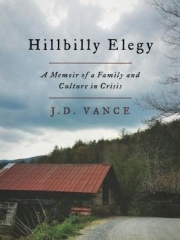
Hillbilly Elegy by JD Vance
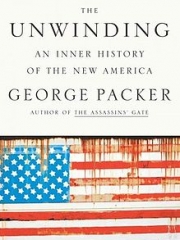
The Unwinding by George Packer
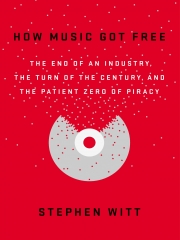
How Music Got Free by Stephen Witt
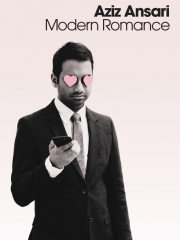
Modern Romance by Aziz Ansari
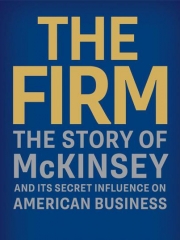
The Firm by Duff McDonald
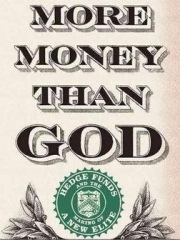
More Money Than God by Sebastian Mullaby

Code by Charles Petzold
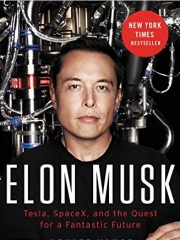
Elon Musk by Ashlee Vance
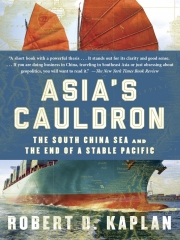
Asia’s Cauldron by Robert Kaplan

Circus Maximus by Andrew Zimbalist

The New York Nobody Knows by William Helmreich
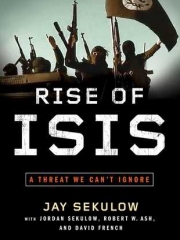
Rise of ISIS by Jay Sekulow

Traffic by Tom Vanderbilt

Young Money by Kevin Roose
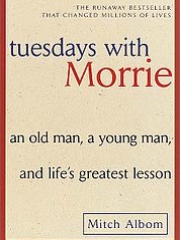
Tuesdays with Morrie by Mitch Albom

Tubes by Andrew Blum
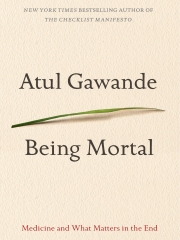
Being Mortal by Atul Gawande

Economics – The User’s Guide by Ha-Joon Chang

The French Intifada by Andrew Hussey
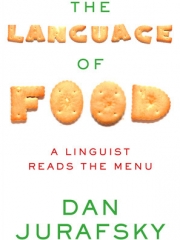
The Language of Food by Dan Jurafsky
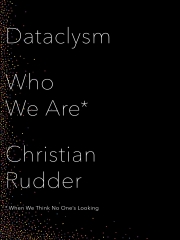
Dataclysm by Christian Rudder

A Spy Among Friends by Ben Macintyre
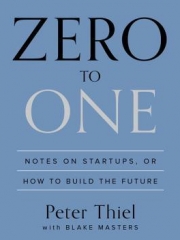
Zero to One by Peter Thiel
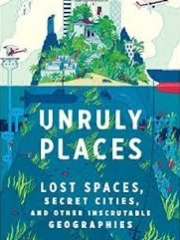
Unruly Places by Alastair Bonnett
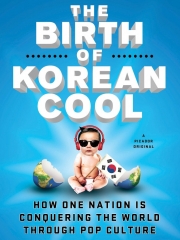
The Birth of Korean Cool by Euny Hong
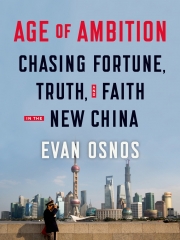
Age of Ambition by Evan Osnos
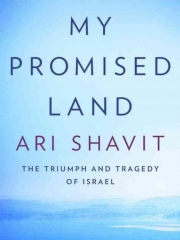
My Promised Land by Ari Shavit
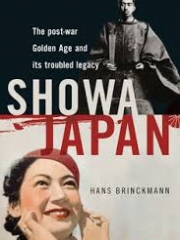
Showa Japan by Hans Brinckmann